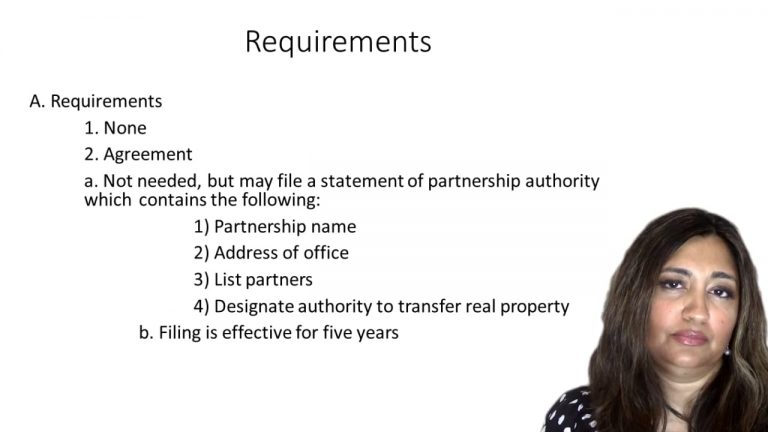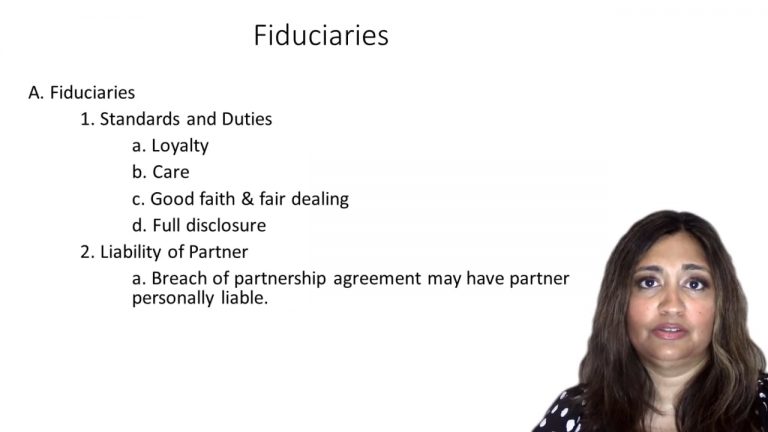SmartBrief
Confirm favorite deletion?
Business Organizations Keyed to Allen
Vohland v. Sweet
Citation:
433 N.E.2d 860 (Ind. App. 1982).Facts
In 1956, Sweet began working for Charles Vohland as an hourly employee at his landscaping nursery. After joining the military in 1958, Sweet returned to his employment in 1960. In 1963, Charles Vohland retired and defendant Vohland took over the business operating it as “Vohland’s Nursery.” At that time, Sweet’s status also changed and he began receiving 20% of the profits as a “commission” and was told by Vohland that he would have an interest in the business. During the duration of Sweet’s time with the Nursery, Vohland handled all the finances, books, and took out loans for the business. Sweet, on the other hand, managed the physical aspects of the business operations.
Only StudyBuddy Pro offers the complete Case Brief Anatomy*
Access the most important case brief elements for optimal case understanding.
*Case Brief Anatomy includes: Brief Prologue, Complete Case Brief, Brief Epilogue
- The Brief Prologue provides necessary case brief introductory information and includes:
Topic:
Identifies the topic of law and where this case fits within your course outline.Parties:
Identifies the cast of characters involved in the case.Procedural Posture & History:
Shares the case history with how lower courts have ruled on the matter.Case Key Terms, Acts, Doctrines, etc.:
A case specific Legal Term Dictionary.Case Doctrines, Acts, Statutes, Amendments and Treatises:
Identifies and Defines Legal Authority used in this case.
- The Case Brief is the complete case summarized and authored in the traditional Law School I.R.A.C. format. The Pro case brief includes:
Brief Facts:
A Synopsis of the Facts of the case.Rule of Law:
Identifies the Legal Principle the Court used in deciding the case.Facts:
What are the factual circumstances that gave rise to the civil or criminal case? What is the relationship of the Parties that are involved in the case.Issue(s):
Lists the Questions of Law that are raised by the Facts of the case.Holding:
Shares the Court's answer to the legal questions raised in the issue.Concurring / Dissenting Opinions:
Includes valuable concurring or dissenting opinions and their key points.Reasoning and Analysis:
Identifies the chain of argument(s) which led the judges to rule as they did.
- The Brief Prologue closes the case brief with important forward-looking discussion and includes:
Policy:
Identifies the Policy if any that has been established by the case.Court Direction:
Shares where the Court went from here for this case.
Topic Resources
Topic Videos
 2m 27s
2m 27s 3m 8s
3m 8s 3m 15s
3m 15sTopic Outline
